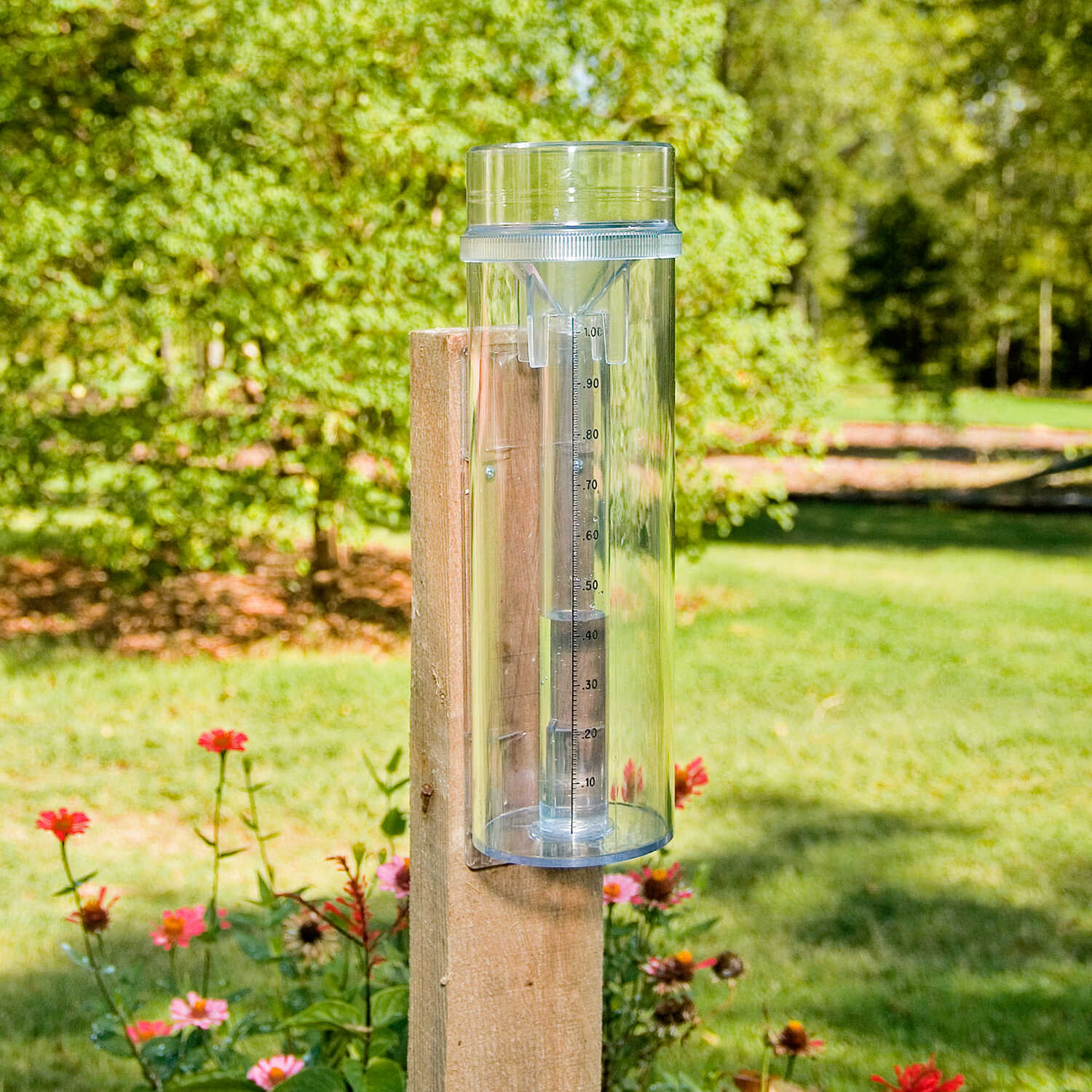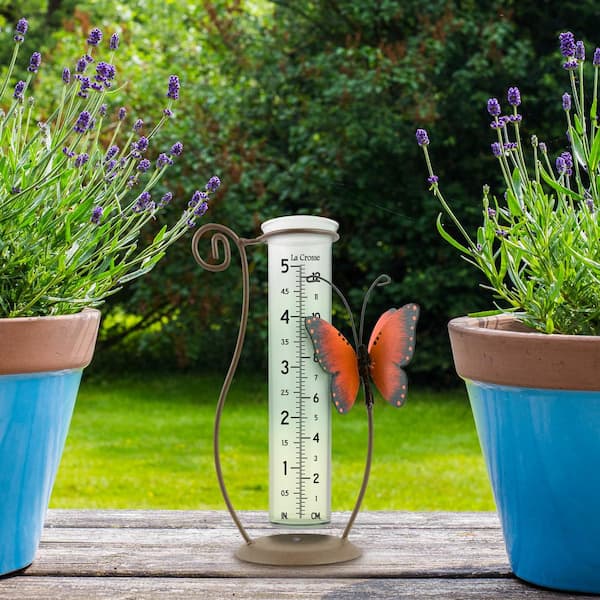Comprehending Rainfall Gauge Measurements: A Full Guide
Recognizing Rainfall Scale Dimensions: A Total Guide is a detailed resource for any individual seeking a deeper understanding of rainfall gauge dimensions. Whether you are an expert in the area or merely have an inquisitiveness regarding rainfall dimension, this guide will furnish you with the understanding needed to properly make use of rain gauge measurements.
The Importance of Rain Scale Measurements
The significance of rainfall scale measurements exists in their function as a critical device for precisely assessing and keeping an eye on precipitation levels - The Rain Gauge. Rainfall scale dimensions offer important data that helps hydrologists and meteorologists recognize patterns and trends in rains, which subsequently aids in different fields such as farming, water source monitoring, and environment study

Accurate rains measurements are vital for agriculture as they help in determining watering requirements, plant growth, and return predictions. Farmers count on this info to make informed decisions about when to water their crops, avoiding water wastage and guaranteeing optimum crop health. Additionally, rainfall information assists in examining the influence of droughts or excessive rains on crop manufacturing, enabling farmers to take suitable procedures to reduce losses.
Water source monitoring greatly counts on rain gauge dimensions to establish the amount of water available in rivers, storage tanks, and lakes. Precise measurements allow water managers to make informed decisions about water allocation and distribution, making certain lasting use and avoiding scarcities. This info is particularly vital in regions where water shortage is a pressing concern.
Moreover, rain scale dimensions play a vital duty in environment study. By precisely gauging rainfall over expanded periods, scientists can analyze long-term climate patterns and identify changes in rainfall patterns as a result of climate change. This data assists scientists and policymakers establish strategies to adjust to and minimize the impacts of environment modification.
Sorts Of Rain Scales
There are numerous sorts of rain gauges made use of to determine precipitation accurately. Each type has its very own advantages and limitations, making them appropriate for various functions and atmospheres.
The most typical sort of rainfall gauge is the common round scale. It contains a cylindrical container with a large funnel-shaped top to accumulate rainwater (The Rain Gauge). The water is after that channelled into a finished determining tube, enabling accurate dimension of the amount of rainfall
An additional kind is the evaluating rain gauge. Considering rain evaluates are specifically valuable in areas with frozen rainfall or hefty rainfall, as they are not affected by spraying or evaporation.
Tipping bucket rain gauges employ a mechanism that suggestions a small bucket each time it accumulates a details quantity of rain. The number of tips is taped and utilized to determine the rainfall. This kind of gauge is frequently utilized in automated weather terminals due to its low upkeep requirements and capacity to provide real-time information.
Ultimately, there are radar-based rainfall evaluates that use radar modern technology to estimate rains. These gauges measure the strength of rains in a details area by analyzing the shown radar signals. They are particularly useful for measuring rainfall over large areas or in remote locations.
How Rain Gauge Measurements Work
Rain scale dimensions are based on the principle of measuring the amount and gathering of precipitation. These instruments are developed to capture rain and give a precise dimension of the rainfall in a details area.
The most common sort of rain gauge is the conventional cylindrical gauge. It includes a round container with a large opening on top to gather rain. The accumulated water is after that funneled into a gauging tube, which is calibrated to offer the measurement in units of size, generally millimeters or inches.
Another kind of rainfall gauge is the tipping pail scale. It makes use of a seesaw-like system with 2 pails that tip when they get to a specific weight threshold. Each idea of the container represents a particular volume of rainfall, enabling specific dimensions.
Some advanced rainfall determines are outfitted with digital sensing units that immediately record and transmit information. These sensors use numerous modern technologies such as ultrasound or laser to gauge the quantity of rainfall accurately.
Aspects Impacting Rain Gauge Accuracy
Environmental factors such as wind, temperature, and atmospheric stress can considerably influence the precision of rainfall gauge measurements. Modifications in climatic pressure can also affect the precision of rain scale measurements, as they can change the rate at which rains is collected.
Functional variables, on the other Visit Your URL hand, refer to factors connected to the layout, installation, and maintenance of the rainfall gauge. The positioning of the rain scale in an area with obstructed air movement or near structures or trees can lead to inaccurate readings because of blockage or splattering of rainfall. Inappropriate calibration or uneven upkeep of the rainfall scale can additionally influence its accuracy.
To make weblink certain the accuracy of rainfall gauge measurements, it is vital to take into consideration these aspects and take suitable measures. This might involve selecting an ideal area for the rainfall scale, guaranteeing correct installation and maintenance, and consistently calibrating the instrument. By resolving these factors, exact and reliable rainfall dimensions can be acquired, which are essential for numerous applications such as climate forecasting, hydrological researches, and farming.
Tips for Properly Measuring Rainfall
To guarantee specific rains measurements, it is crucial to apply details techniques and techniques when making use of a rain scale. Right here are some ideas for accurately measuring rainfall:
Correct Placement: Put the rainfall gauge in an open location, far from trees, buildings, and various other obstructions that may disrupt the rains collection. It ought to be positioned on a degree surface to prevent water pooling or drainage.

Read the Range Correctly: When taking measurements, checked out the water level at eye level from all-time low of the crescent. Prevent parallax errors by aligning your view straight with the water level.
Consistent Time Period: Establish a consistent time interval for measuring rainfall, such as every 24 hours or after each rainfall event. This makes certain exact tracking and comparison of precipitation data.
Record Measurements Without delay: Tape rains measurements asap after collection to avoid evaporation or splilling. Use a rainfall gauge with a built-in information logging function for automatic recording.
Final Thought
In conclusion, comprehending rainfall gauge dimensions is crucial for accurately measuring rainfall. Various sorts of rainfall determines are available, each with their own benefits and limitations. It is essential to take into consideration elements that can affect the precision of rain gauge dimensions, such as placement, evaporation, and wind. By complying with the tips given, one can make sure much more reliable and exact rainfall dimensions.
Understanding Rain Scale Dimensions: A Total Guide is an extensive source for anybody seeking a much deeper understanding of rainfall scale dimensions. Whether you are an expert in the area or simply have an inquisitiveness concerning rainfall dimension, this guide will certainly equip you with the expertise needed to effectively utilize rain gauge dimensions.
The most common type of rainfall scale is the basic cylindrical scale.The most usual kind of rainfall gauge is the standard round scale.Another type of rain scale view it now is the tipping container scale.